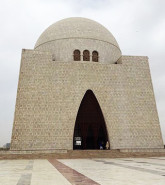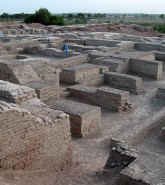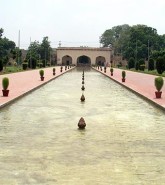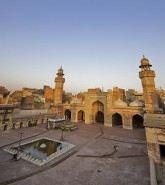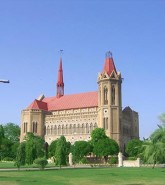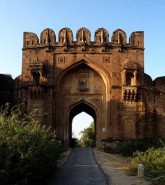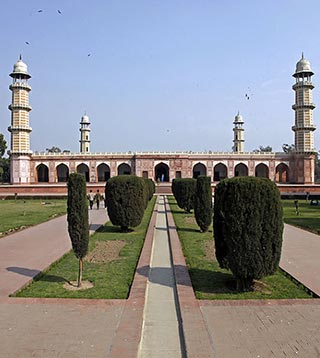
Pakistan apart from its urban locations is also known for having historic buildings, landmarks and monuments. Lahore is a famous metropolitan city rightly being called the heart of the country. It has different flavors mesmerizing a range of people who come to see the place. It holds a special place for its famous landmarks and historic buildings where Tomb of Jahangir is a special place to see. The tomb belongs to the famous Mughal Emperor Jahangir who was buried here after his death in the year 1627.
History:
The tomb is located in the outskirts of Lahore in a place called Shahdara. The place was chosen for his tomb because Jahangir along with his wife Nur Jahan was in love with the place at the time they were living in the city. Jahangir after his death was buried initially in the Dilkushan Garden. But, it was his son Shah Jahan who thought and later acted upon in building a ‘Tomb befitting an Emperor’ in the honor of his beloved father. The historians call it as a venture of Shah Jahan but in reality, tomb was the vision of Nur Jahan, wife of Jahangir. It is also in history that she took the inspiration from the tomb of her father, Itmad-ud- Daulah and gave the idea of the designing of the Tomb of Jahangir in 1627. She played a great role in the entire architecture of the tomb and the designing of the gardens, which resulted in making her a permanent resident of Lahore after Jahangir’s death. The construction process took about a decade to get accomplished in the year 1637. The overall estimated cost for the construction at that time was about 1 million rupees. There are doubts about the funding sources of this tomb. According to some contemporary historians, the tomb might have been funded by Nur Jahan herself. But, there are also some historians who believe that it was funded through the imperial treasury.
Architecture:
The entrance to the tomb is through 2 massive gates made of stone and masonry. Both the gateways face each other in the opposite direction in the north and south directions of the mausoleum. After the entrance, you will reach Akbari Sarai squared enclosure. It further leads to another enclosure towards the western side which enables the visitors to have a full view of the gardens. Then further down are the bricked canals in which a number of fountains were there but ruined completely a few years back.
The tomb itself is a one floor building having a unique square shape ground floor. The structure has a tall tower with a projecting entrance from all 4 sides. The 4 corners of the tower are 100 feet high and give a spectacular vision from a distance. It is an invaluable heritage which needs some good maintenance.
The Tomb of Jahangir is adjacent to the Akbari Sarai and Asif Khan’s Tomb which is on the provisional list as a World Heritage Site by UNESCO.
